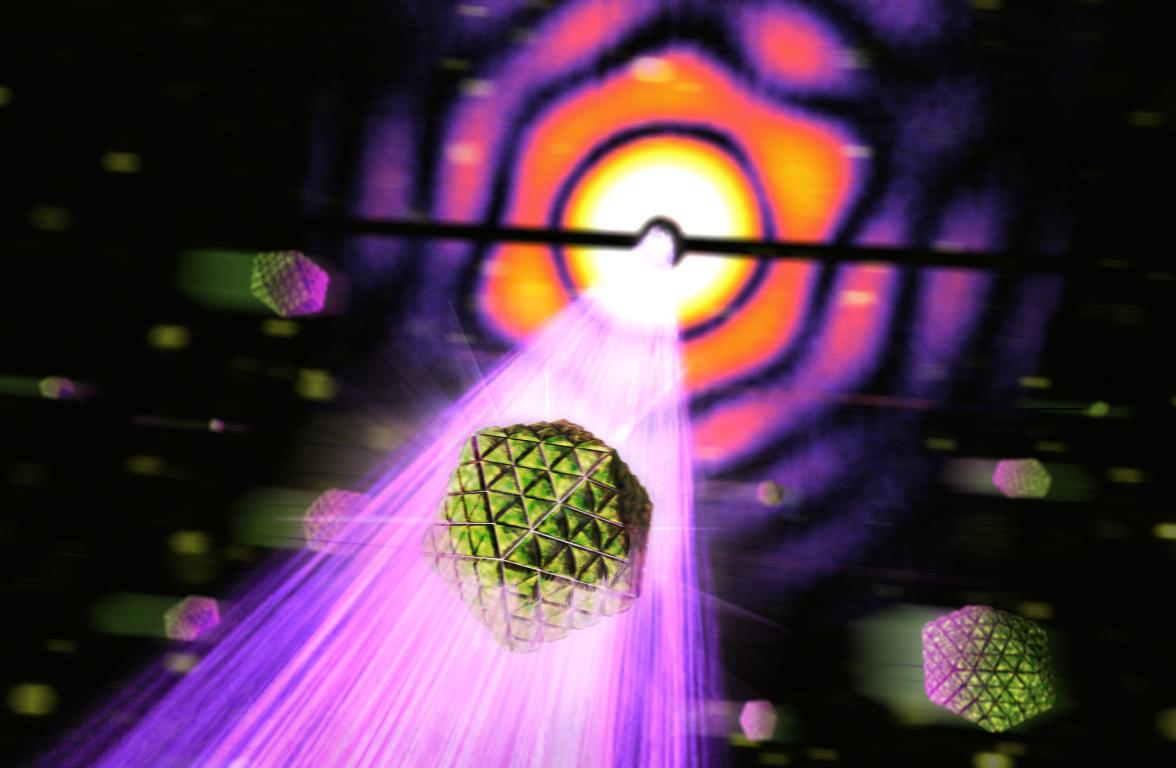About Us
The promise of the X-ray free electron laser
Shortly after scientists from the SLAC National Accelerator Laboratory proposed to drive the Linac Coherent Light Source, the potential of these novel X-ray light sources for structural biology became clear.
With the help of molecular dynamics modeling, it was shown that the ultrafast X-ray pulses from an X-ray Free Electron Laser (XFEL) such as LCLS could be used to record high-resolution X-ray diffraction data from proteins before the majority of X-ray radiation damage takes place (a principle known as “diffraction-before-destruction”).
After the world’s first XFEL started running in 2009, the first teams rapidly succeeded in providing a proof of principle for protein crystallography using femtosecond X-ray pulses. Only 3 years after LCLS came online, it was shown that the XFEL can be used to determine atomic resolution structures from protein microcrystals.

Al Baker, former Area Manager for Accelerator Systems, inside the SLAC linear accelerator, or linac, in 2002. At two miles long, the linac was the world's longest linear accelerator and could accelerate electrons to 99.9999999% of the speed of light.
Photo by Peter Ginter
Capabilities at LCLS
Today, several instruments are available at LCLS to determine macromolecular structures, study time-resolved dynamics or perform challenging spectroscopy experiments.Impact of X-ray free electron lasers in biological sciences
Since LCLS came online in 2009, the XFEL has made a large impact in diverse areas of structural biology.
The intense, ultrafast X-ray pulses have allowed the study of radiation-sensitive macromolecules (including metalloproteins) and targets that are difficult to crystallize, including many medically relevant membrane proteins.

Scientists have made high-resolution X-ray laser images of an intact cellular structure much faster and more efficiently than ever possible before. The results are an important step toward atomic-scale imaging of intact biological particles, including viruses and bacteria.

